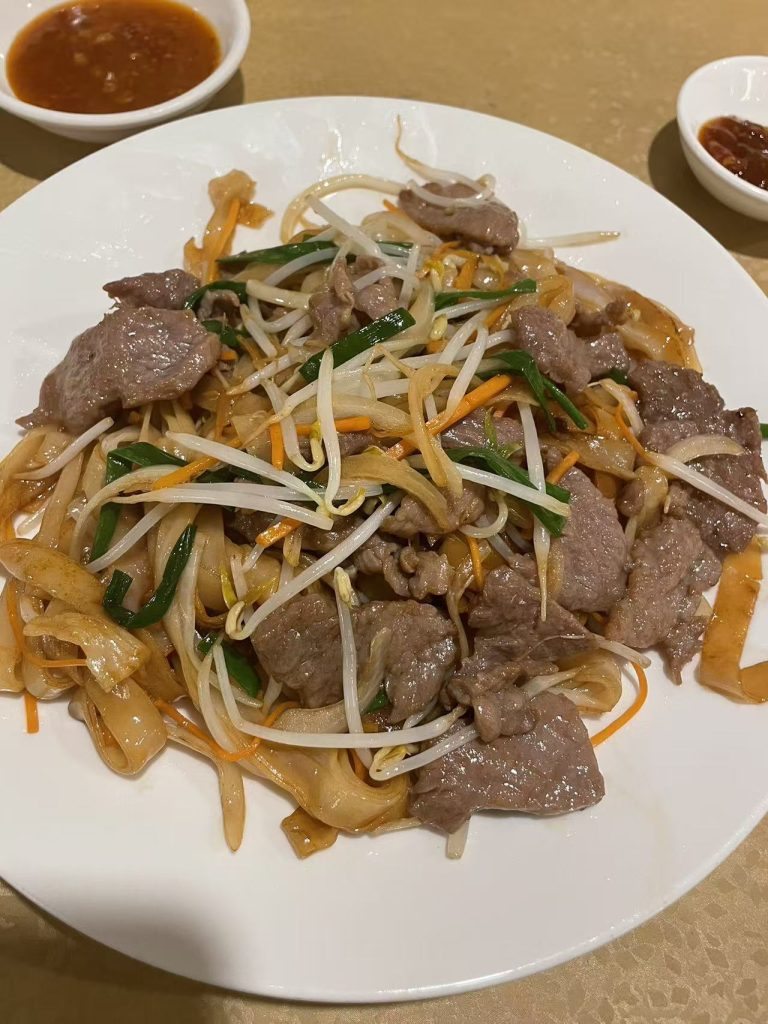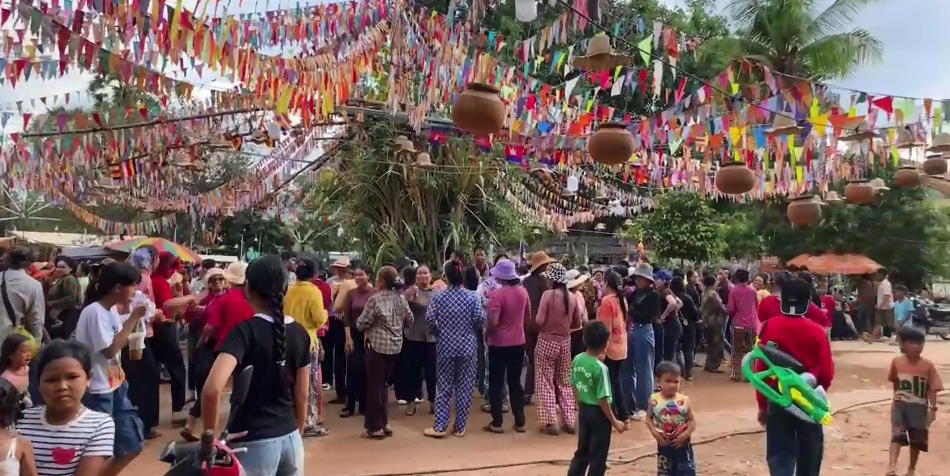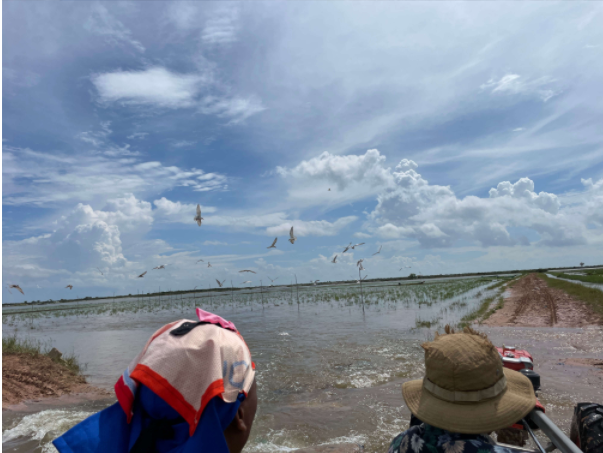🌊 Life Around Makak Water Reservoir — Fishing, Food and Culture in Cambodia
The Makak Water Reservoir — A Chinese-Funded Project in Siem Reap

About ten kilometers off Highway No. 6 in Siem Reap Province lies Makak Water Reservoir, one of Cambodia’s most significant irrigation and water-conservation projects, funded through Chinese cooperation.
In the dry season, its vast lakebed turns into cracked clay plains, dotted with grazing cattle and children playing soccer. When the rainy season arrives, the transformation is dramatic — the reservoir fills, turning once-parched farmland into an endless expanse of reflective water.
Standing atop the flood-discharge gate, which doubles as a narrow bridge, you can watch motorcycles and pedestrians crossing between local villages. Along both sides, small eateries serve grilled fish, noodles, and cold sugar-cane drinks. Floating restaurants drift nearby, tethered to bamboo poles, offering freshly caught fish to passing travelers.
The scene captures the essence of Cambodian rural life — a blend of industry, resourcefulness, and hospitality shaped by the rhythms of nature.
Fishing Adventures in the Rainy Season

When I visited during monsoon time, the water level barely reached my knees, making it perfect for casting nets or setting simple fish traps. The surface rippled gently in the warm breeze as villagers waded barefoot, laughing and calling across the shallows.
Children often help their parents, carrying woven baskets made from palm leaves to collect the catch — tiny silver fish, clams, and sometimes small eels.
Yet beneath this peaceful beauty lies hidden danger. The muddy water hides snakes and leeches, both common in Cambodia’s wetlands. Once, while pulling in a net, I felt a sharp sting — a leech as thick as a finger had attached to my calf. After scraping it off with a knife, I pressed yellow mud on the wound to stop the bleeding, then used cigarette tobacco as a traditional coagulant.
These moments remind travelers that Cambodia’s countryside, though serene, is still wild and untamed. Nature here commands both respect and adaptation.
Staying Safe While Working in Water
Rainy-season work near the reservoir demands caution. The mixture of high humidity, warm water, and thick vegetation creates ideal conditions for snakes, insects, and rodents.
Whether you’re a visitor or a local, follow these basic tips:
- 🩴 Wear sandals or rubber boots to protect your feet from sharp shells, thorns, or leeches.
- 🌿 Avoid dense bushes where snakes often hide after rainfall.
- 🧴 Apply repellent to prevent mosquito bites, especially around dusk.
- 🩹 Carry basic first-aid supplies for minor cuts or bites.
Rural Cambodians take these risks in stride, relying on herbal remedies and generations of experience. For visitors, preparation ensures the adventure remains memorable and safe.
Traditional Cambodian Food and Cooking Style

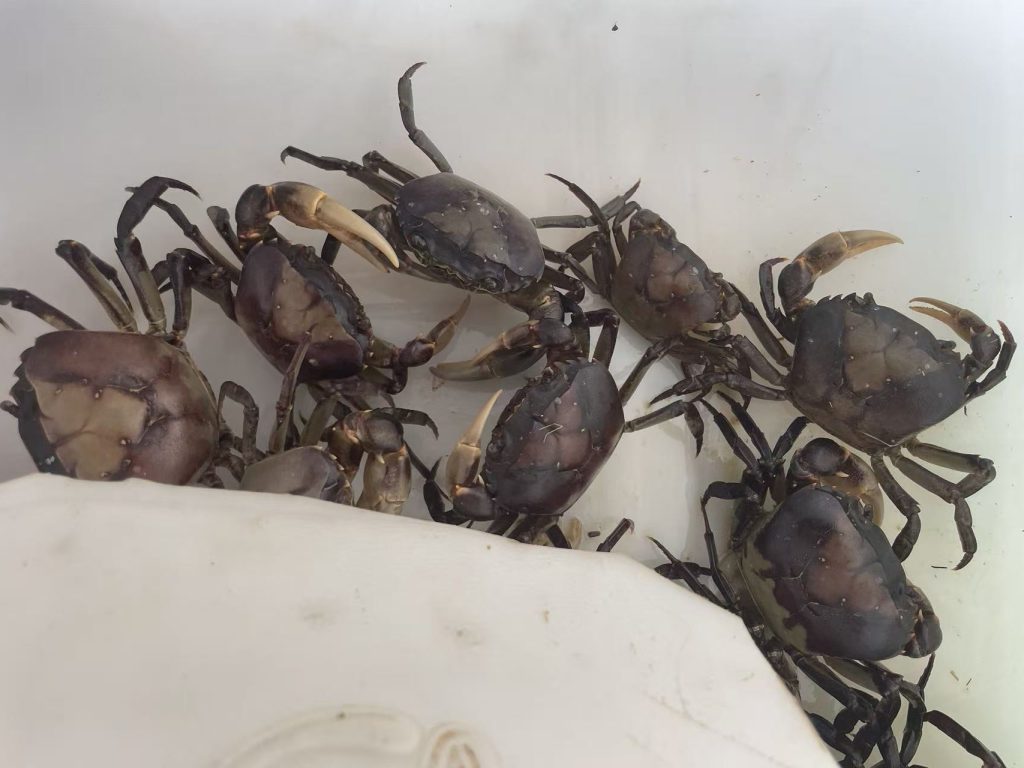
Around Makak Reservoir, life revolves around fresh food cooked over open fires. Villagers often grill whatever the day provides — fish, frogs, field mice, or even clams gathered from the reservoir’s edge. The aroma of charcoal smoke and chili fills the air at sunset as families gather to eat together.
A typical homemade Cambodian dipping sauce is prepared in a wooden mortar: chili peppers, fish sauce, sugar, and a touch of MSG pounded until smooth. The result is a sauce that balances sweet, salty, and spicy flavors — simple, yet deeply satisfying.
Meals are communal, eaten with rice and shared laughter. In these humble dishes, you taste not luxury, but connection — to land, water, and community.

Climate and Cuisine — How Environment Shapes Taste
Food in Cambodia reflects its tropical climate. The constant humidity and heat dull appetite, so dishes are made to awaken the senses — bold, spicy, and aromatic.
An Indonesian-Chinese chef once told me that “people in hot countries cook to fight the weather.” Soups like Tom Yum or Cambodia’s samlor machu (sour soup) rely on lime, chili, and herbs to spark appetite when the air feels heavy.
At first, these flavors might seem overwhelming. But after a few meals, they become addictive — each bite a balance of fire and freshness.
This experience reveals how environment shapes culture. Just as grapes from different slopes produce distinct wines, regional ingredients and climate influence what locals crave.
Cambodians value freshness and balance. Sour notes cut through the heat, while herbs like lemongrass, basil, and galangal add fragrance. Over time, these tastes define identity. Eating local food is more than nourishment — it’s an act of belonging.
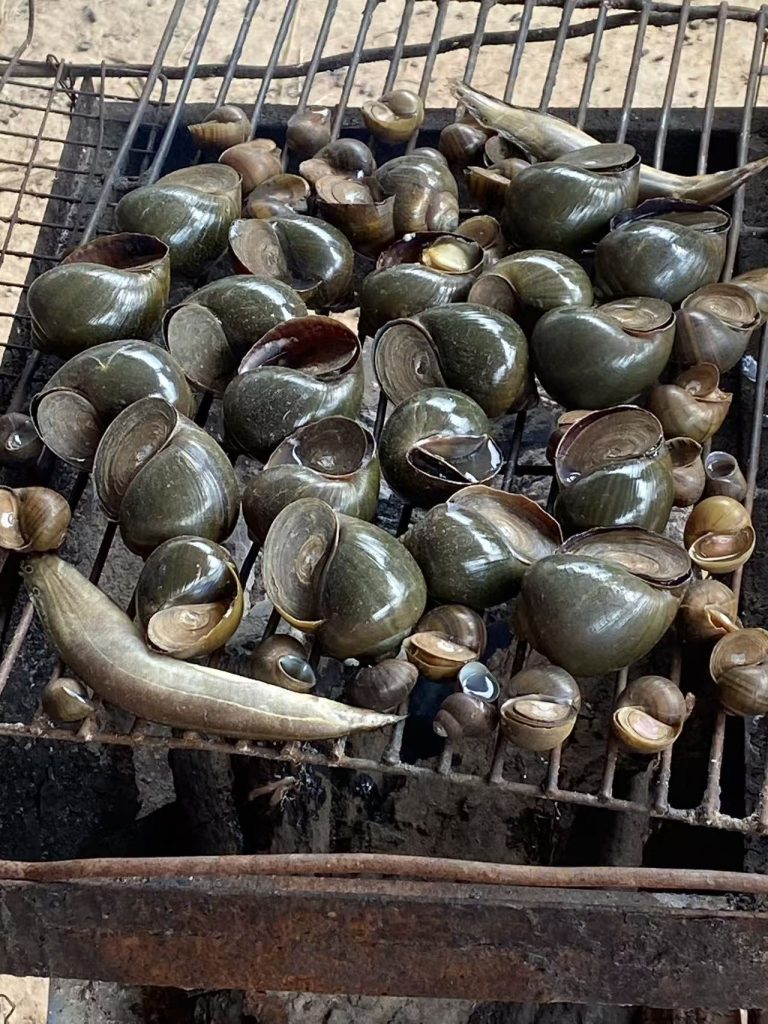
Final Thoughts — The Flavor of Adaptation
The Makak Water Reservoir is more than a construction project; it is a living ecosystem and a cultural crossroads. It reflects Cambodia’s adaptive spirit — how communities survive and thrive between drought and flood, simplicity and creativity.
From fishermen casting nets knee-deep in muddy water to families grilling fish beside country roads, every scene expresses resilience. These people understand that nature cannot be controlled, only respected and worked with.
To truly experience Cambodia, go beyond temples and tourist attractions. Sit at a roadside stall, share a grilled fish with locals, and listen to their stories about seasons, harvests, and family.
The flavor of adaptation — born from climate, hardship, and hope — is what makes Cambodian life unforgettable.


